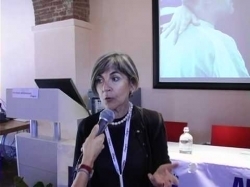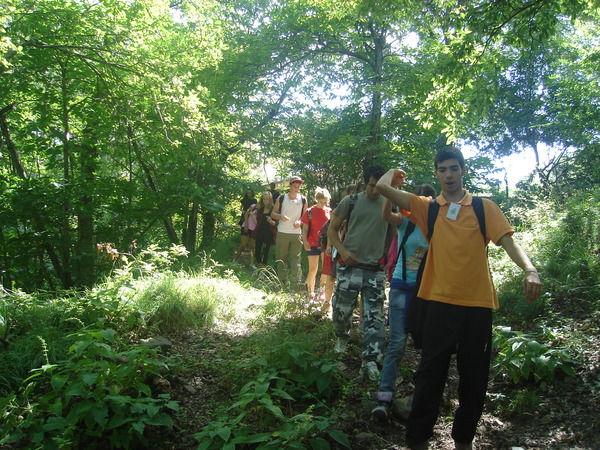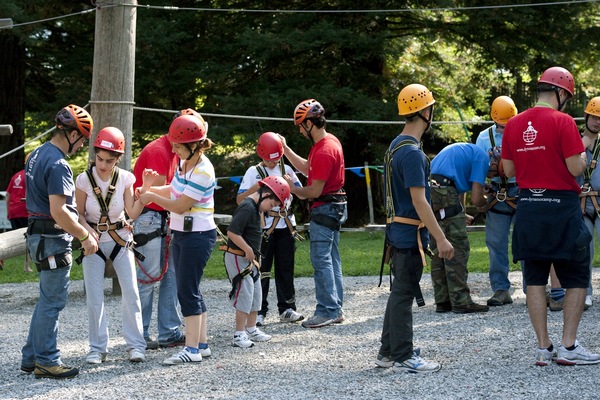
RING 14 SYNDROME: TOWARDS A DETAILED CORRELATION BETWEEN GENOTYPE AND PHENOTYPE
| Project Leader | Orsetta Zuffardi |
| Host Institution | Institute of Medical Genetics, University of Pavia (Italy) |
| Duration | 2 years |
| Start-up date | October 2013 |
| Budget | The project is entirely funded by Telethon (www.telethon.it) |
| Status | Completed |
The team from the University of Pavia led by Prof. Zuffardi aims to use the most advanced molecular techniques in order to determine an accurate genotype-phenotype correlation. In this project, Ring14 Association is responsible for collecting and providing clinical and genetic data from patients. The ultimate goal is to clarify an apparent paradox that patients with r(14) have a more severe phenotype than patients with apparently larger terminal deletions.
The severity of the phenotype of r(14) syndrome is essentially due to untreatable and recurrent epilepsy, often with multiple seizures per day. From the few cases sufficiently analyzed, this condition appears to be absent when a distal 14q deletion is present in linear chromosomes. This situation is comparable to that of epilepsy associated with the ring of the 20 chromosomes.
It is hypothesized that severe conditions present in patients with r(14) could be caused by a minimum loss of 14q distal region. This probably has, however, a regulatory effect on another gene or genes, which are excessively expressed.
The approach is to test the DNA of 22 cases with distal linear deletions and 33 with rings structures on platforms targeted at high resolution (Array-CGH) and afterwards sequencing with the latest technology (Next Generation Sequencing) the last 6 Mb region of chromosome 14q. Thanks to the analysis of the clinical database of the Ring 14 Association, a very detailed genotype-phenotype correlation will allow for the identification the clinical characteristics of patients with 14q distal deletion and will clarify whether epilepsy is essentially linked to loss of a precise region of 14q. Moreover, researchers will carry out the analysis of expression on lymphoblastoid cell lines of r(14) patients and controls to test possible increased expression of genes of distal 14q.
In conclusion, finding the genetic / epigenetic origin that causes epilepsy would be the first step in designing tailored drugs.
More information about this project can be found on the site of the Telethon Foundation (https://www.telethon.it/ricerca-progetti/progetti-finanziati/dettagli/ring-14-syndrome-toward-a-detailed-genotype-phenotype-correlation).
Documents
› Project (459 KB)


















